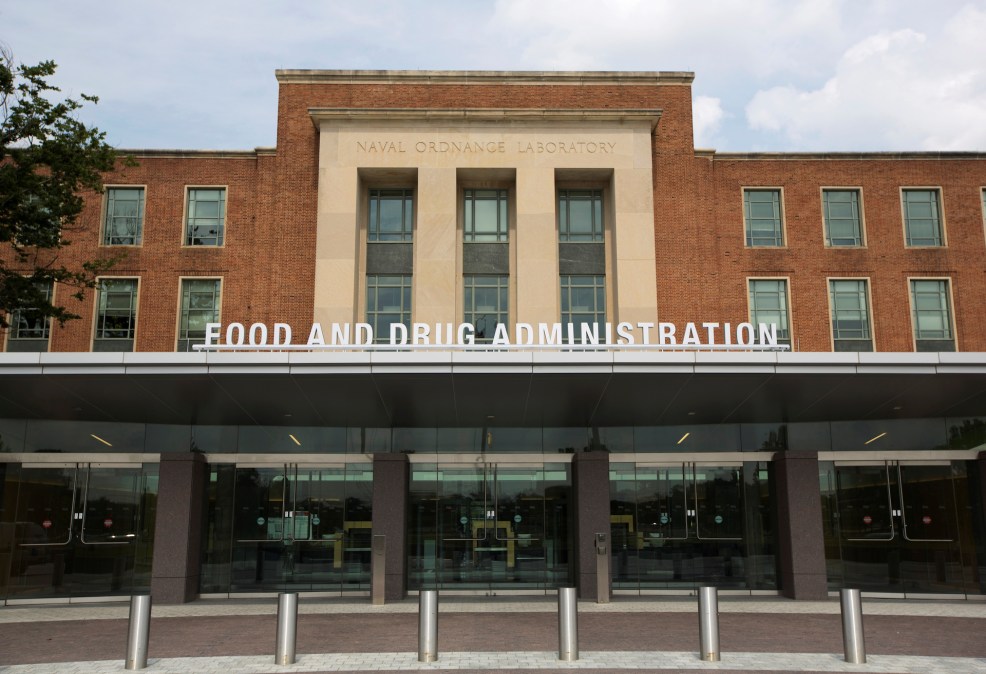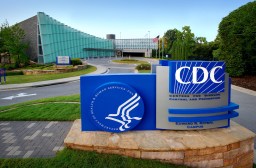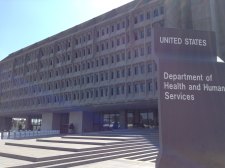FDA made improving diagnostic test data the focus of its pandemic response

Improving the use of diagnostic test data to inform public health decision-making was the “primary focus” of the Food and Drug Administration’s pandemic response, according to the agency’s chief medical officer for in vitro diagnostics.
The FDA recognized early in the pandemic it would need to get better at aggregating and analyzing data at scale to handle the large volume coming in from COVID-19 tests being widely distributed said Sara Brenner, speaking at an AFCEA Bethesda Health IT event panel Feb. 15.
“COVID-19 is tip of the spear for what will hopefully be a sea change in terms of patients having the ability to have data from diagnostic tests that are widely distributed and powering our country’s ability to utilize diagnostic testing data at scale for diseases beyond COVID,” Brenner said.
Test data used to improve decision-making requires the creation of regulations for the standardization of data at source. Medical devices developed by the health industry for home and over-the-counter use increasingly permit such standardization.
When it comes to tether emerging technologies to existing data standards, it’s the Office of the National Coordinator for Health IT within the Department of Health and Human Services that has to play “bad cop,” added Ryan Argentieri, deputy director of ONC’s Office of Technology.
ONC has been pushing the use of open application programming interfaces and recently added new data classes and elements for electronic exchange in draft Version 3 of the U.S. Core Data for Interoperability.
Once the quality of health data is assured, HHS can push faster adoption of its preferred Fast Healthcare Interoperability Resource data standard by government and industry.
For that reason FDA and ONC are a part of three interagency working groups created by President Biden’s January 2021 Executive Order on Ensuring a Data-Driven Response to COVID-19 and Future High-Consequence Public Health Threats: Enhancing Data Collection and Collaboration Capabilities, Public Health Data Systems, and Innovation in Data and Analysis.
The FDA further leads the Diagnostic Data effort for the HHS Data Strategy and Execution Workgroup, one of several related to the national COVID-19 pandemic response that also include the Centers for Disease Control and Prevention, National Institutes of Health, and HHS.
“These include technical, policy and implementation efforts in data standardization, harmonization and reporting for SARS-CoV-2 diagnostic tests; supporting data analytics; building data transmission and ingestion pipelines for high quality, high volume data in real time; and supporting the stakeholder community in adoption and implementation of data standards, capture and reporting,” an FDA spokesperson told FedScoop.
The FDA’s Digital Health Center of Excellence is chiefly responsible for tailoring medical device regulations for digital technologies, and the agency is also staffing up its programs for digital diagnostics outside of laboratories and Semantic Harmonization and Interoperability Enhancement for Laboratory Data (SHIELD).
Both of those efforts involve interagency collaboration with ONC.
“It’s a very concrete way in which we’re already utilizing lessons learned from COVID with future health technologies and how this will benefit patients beyond SARS-COV2 into all different areas of medicine,” Brenner said.






